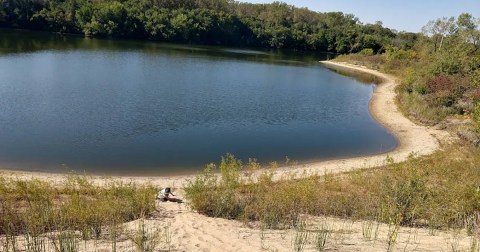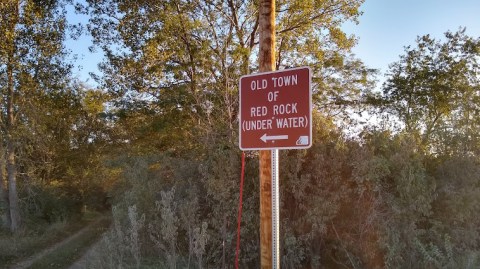Hidden Dangers Every Driver Needs To Watch For On Iowa's 65,000 Miles Of Gravel Road
Iowa’s back roads offer amazing vistas of big skies and rolling hills. The gravel roads reaching home, family, friends, or your favorite out-of-the-way destination almost take on a personality of their own and can evoke nostalgia if you haven’t traversed them in a while.
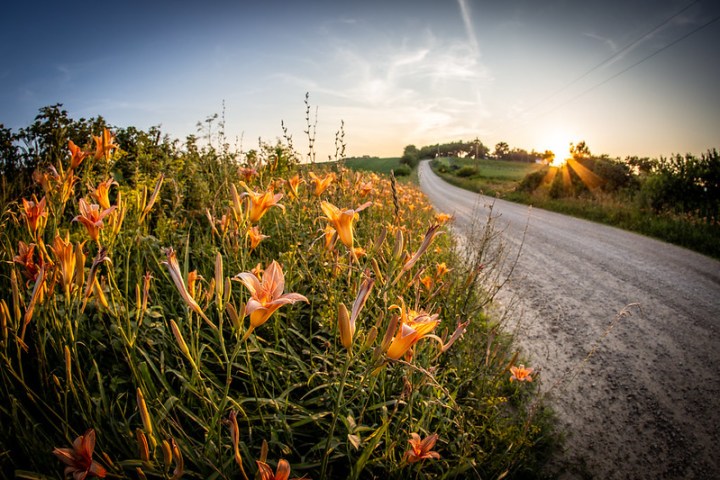
In fact, Iowa DOT reports that crashes on rural roads occur at more than twice the rate of crashes on bigger state roads, and that driving too fast for conditions is the number one reason for rural road crashes.
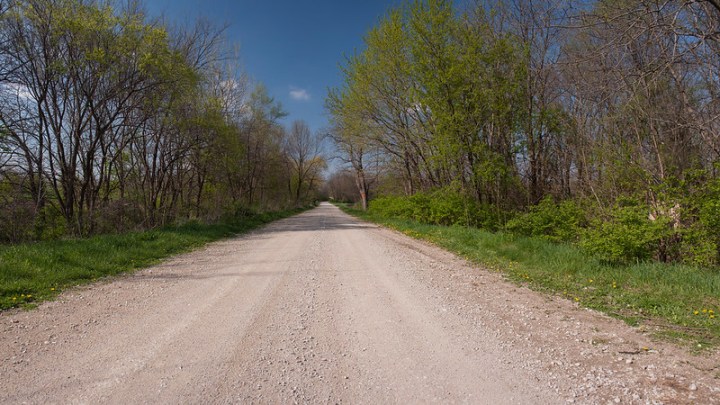
Advertisement
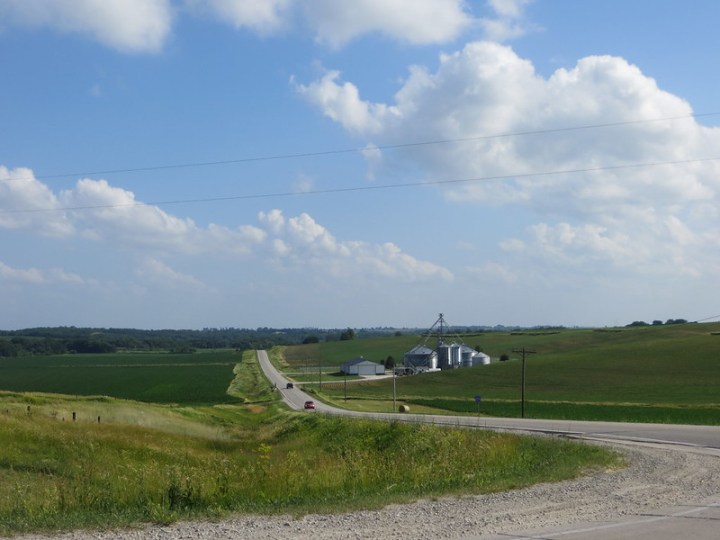
When it’s been dry, vehicles often kick up billowing clouds of dust. While a royal annoyance for houses adjacent to dusty roads, it can be blinding when passing vehicles from the opposite direction, and many Iowans are all too familiar with stories of accidents related to dusty conditions. Night brings another low visibility concern as most intersections, narrow spots, and changing conditions aren’t lit up on gravel roads, reducing time to react.
Advertisement
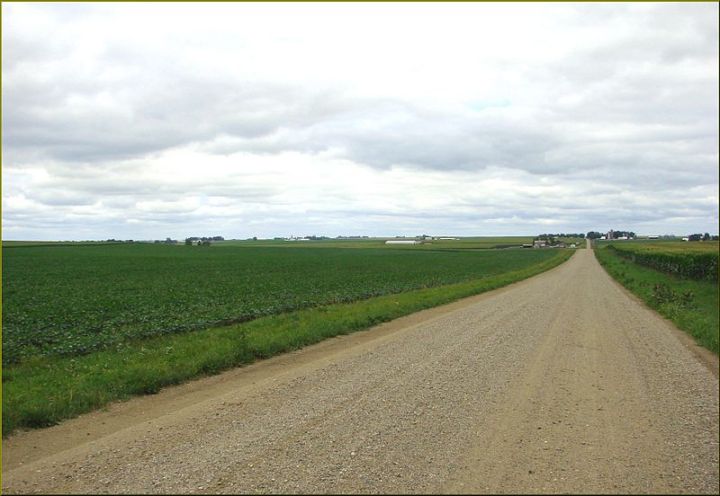
Slow moving, unexpected turning, or stopped agricultural vehicles - especially during harvest - are common on gravel roads. Driving in the middle of the road can be common on gravel roads, which by nature lack a marked center line; blind corners or hills make this an especially bad idea. Moving over to the loose gravel on the shoulder to avoid a collision can tug a vehicle further off the road unless the speed is significantly reduced.
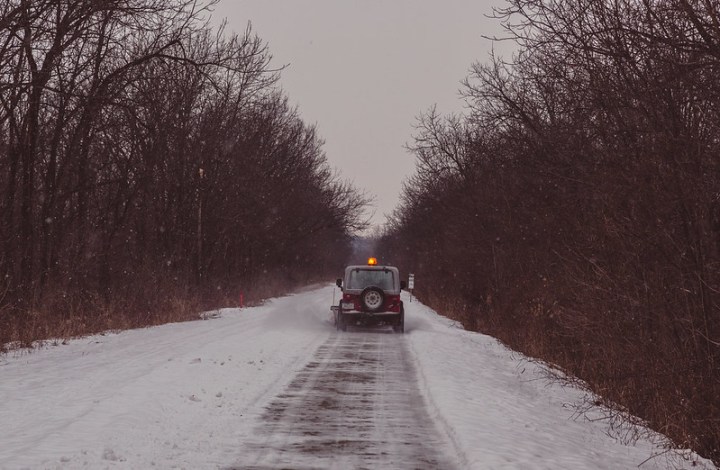
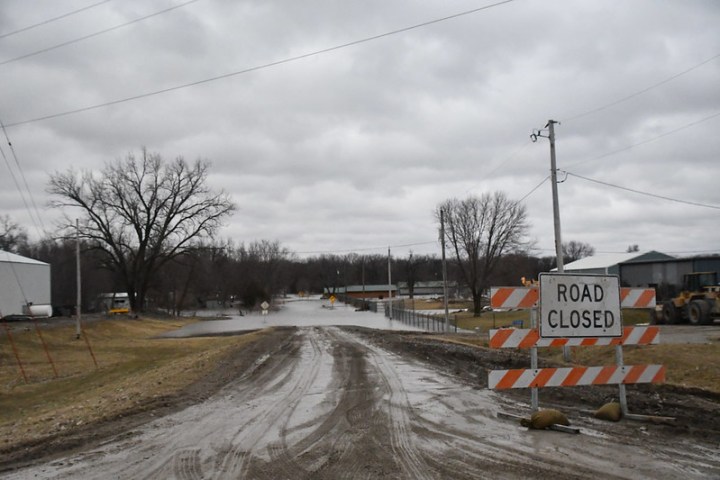
Floods happen every year, and you might be the first person to drive the road shortly after a heavy rain. Culverts can become plugged and either deposit silt on the roadway or wash away deep trenches from the road surface. Water can cover and stand over roadway surfaces, hiding conditions underneath. Puddles can cause hydroplaning. This is serious business; remember that turning around and finding an alternate route might save your life.
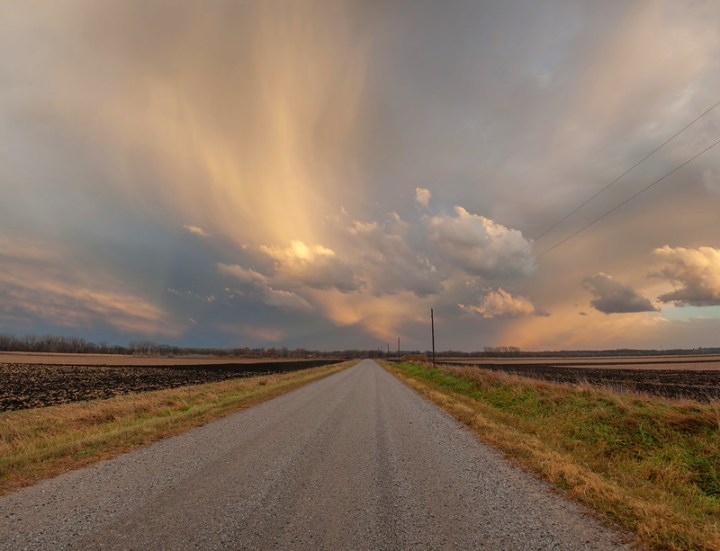
Believe it or not, some intersections on Iowa's gravel roads aren’t marked with a stop sign! Also sharp turns, large potholes, and other road conditions often aren’t marked. Railroad crossings might not be marked with gates or signals. So don’t assume that if there aren’t signs, you won’t have to yield.
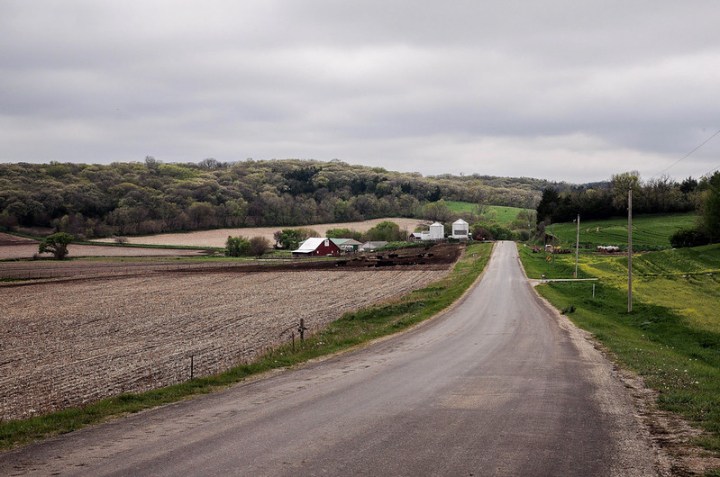
Expecting conditions such as loose gravel on the side of the road, narrow or no shoulders, and the possibility of other vehicles just over a hill or around a blind turn will make a huge difference in your ability to face these possibilities safely. In almost all cases slowing down and going out of your way to share the road will go a long way toward making traveling Iowa gravel safe and enjoyable for all any time of the year.
What hazards have you experienced on Iowa’s gravel roads? What tips do you have for safe gravel driving? Here’s another hazard to watch out for – it’s not in Iowa’s roads, but it’s definitely along Iowa’s roadsides!
OnlyInYourState may earn compensation through affiliate links in this article. As an Amazon Associate, we earn from qualifying purchases.


